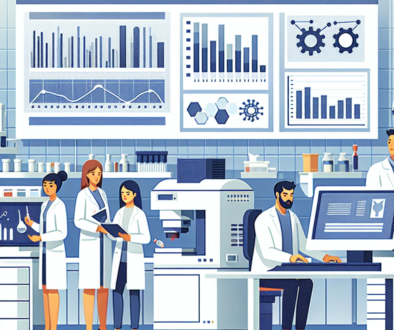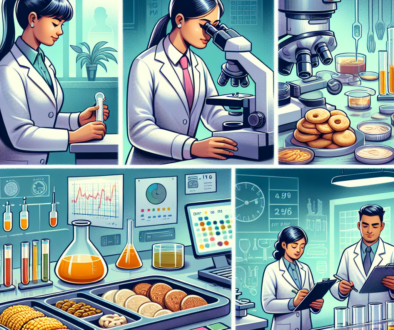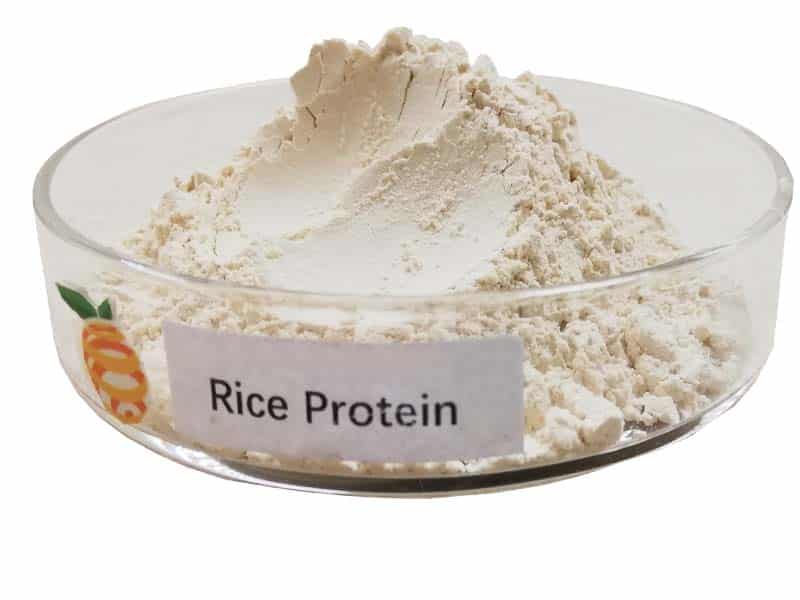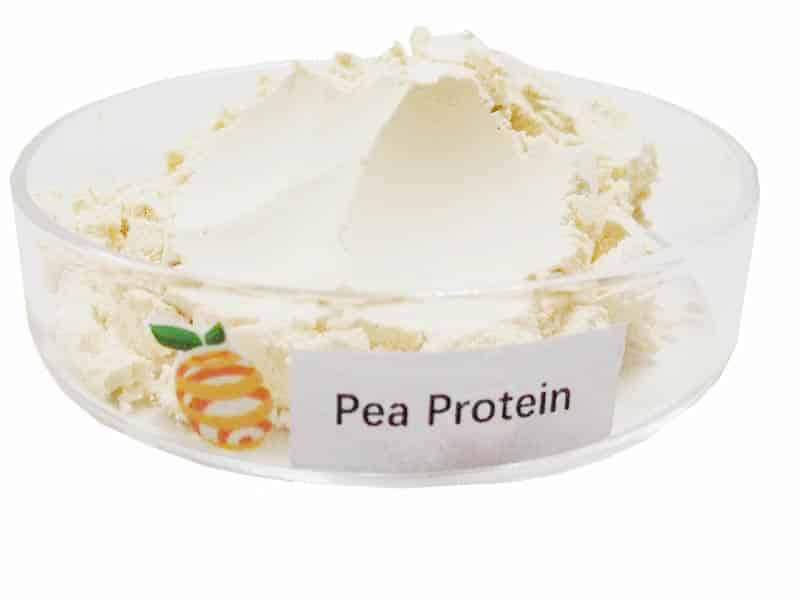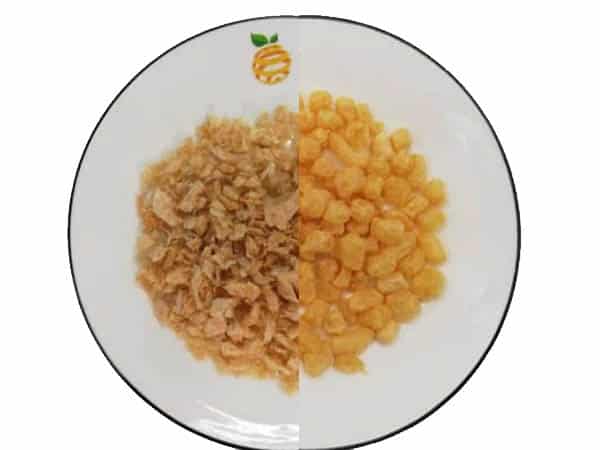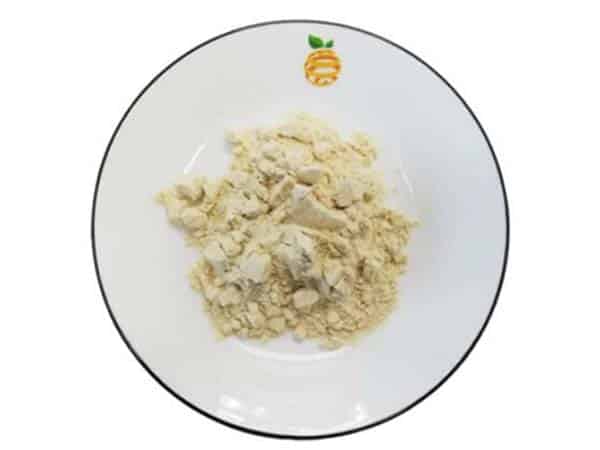Various Approaches to Addressing Food Safety Testing Challenges
-
Table of Contents
- Food Safety Testing Challenges: Innovative Approaches and Solutions
- Understanding Food Safety Testing Challenges
- Technological Innovations in Food Safety Testing
- Next-Generation Sequencing (NGS)
- Biosensors and Rapid Testing Kits
- Blockchain for Traceability
- Regulatory and Policy Developments
- Global Collaboration and Standardization
- Challenges in Implementation
- Conclusion: Key Takeaways for Enhanced Food Safety Testing
- ETprotein: Your Partner in Food Safety and Quality
Food Safety Testing Challenges: Innovative Approaches and Solutions
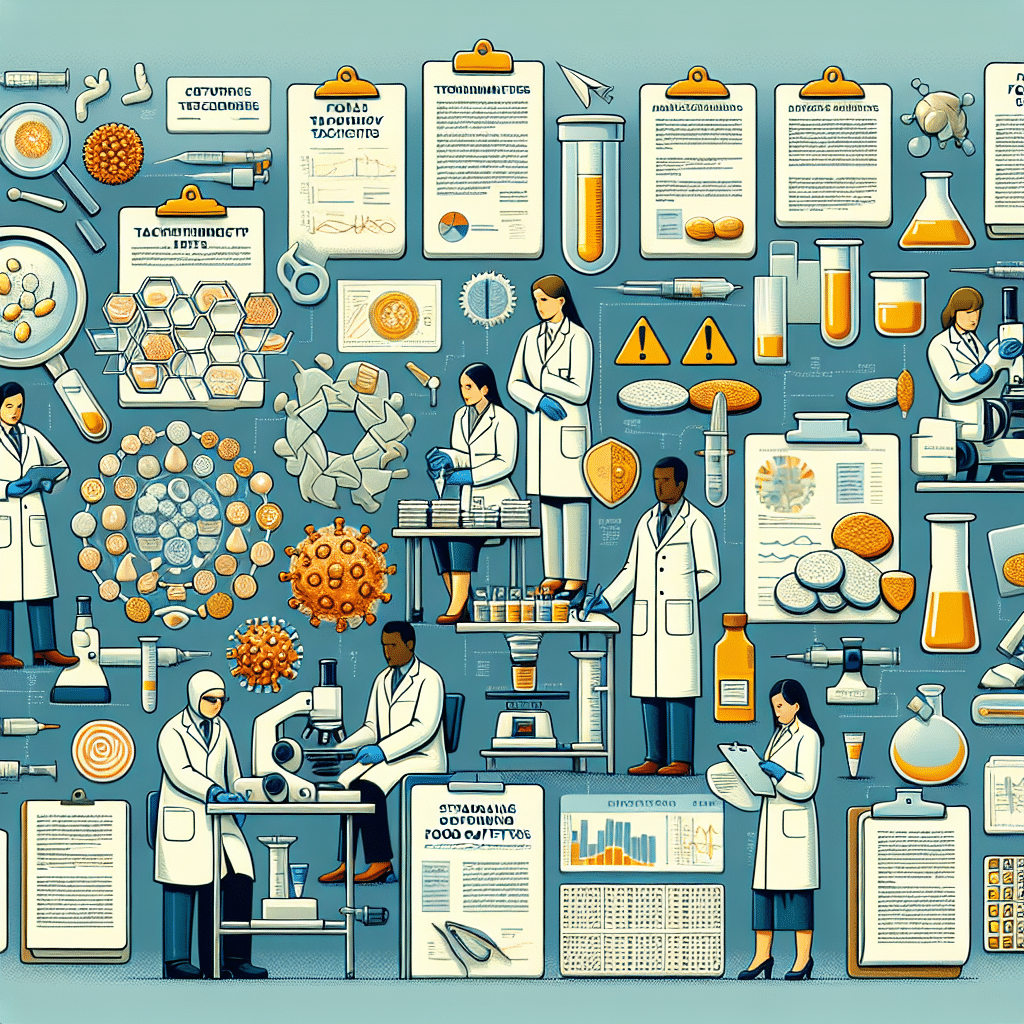
Ensuring the safety of the food supply is a critical public health priority. With the globalization of food production and distribution, the complexity of food safety testing has increased significantly. Foodborne illnesses remain a persistent threat, and the need for more efficient, accurate, and cost-effective food safety testing methods is paramount. This article explores the various approaches to addressing the challenges faced in food safety testing, offering insights into the latest advancements and strategies.
Understanding Food Safety Testing Challenges
Food safety testing is a multifaceted process that involves detecting a wide range of potential contaminants, including pathogens, pesticides, heavy metals, and allergens. The challenges in this field are numerous and include:
- High costs and time-consuming processes
- Limited access to advanced testing technologies in some regions
- Complexity of testing for a wide array of potential contaminants
- Need for rapid and on-site testing capabilities
- Ensuring accuracy and reliability of test results
Addressing these challenges requires a multi-pronged approach that leverages technological innovation, regulatory advancements, and global collaboration.
Technological Innovations in Food Safety Testing
Technological advancements are at the forefront of transforming food safety testing. Here are some of the most promising innovations:
Next-Generation Sequencing (NGS)
NGS technologies offer a comprehensive way to detect pathogens by analyzing the genetic material of samples. This method provides high accuracy and can identify multiple pathogens simultaneously. According to a report by MarketsandMarkets, the global NGS market is expected to reach $16.35 billion by 2024, reflecting its growing importance in food safety testing.
Biosensors and Rapid Testing Kits
Biosensors are devices that use biological molecules to detect chemical substances. They are increasingly used in food safety testing due to their speed and portability. Rapid testing kits, often based on immunoassay or molecular diagnostic technologies, provide on-site testing capabilities, reducing the time from sample collection to result.
Blockchain for Traceability
Blockchain technology can enhance traceability in the food supply chain, allowing for more efficient tracking of contamination sources. This can lead to quicker recalls and better prevention of foodborne illness outbreaks.
Regulatory and Policy Developments
Regulatory bodies worldwide are working to improve food safety standards and testing requirements. The Food Safety Modernization Act (FSMA) in the United States and the European Union’s General Food Law are examples of regulatory frameworks that mandate stringent safety testing and traceability measures.
Global Collaboration and Standardization
International organizations such as the Codex Alimentarius Commission work to develop harmonized food safety standards. Standardization of testing methods and protocols across borders is crucial for ensuring food safety in a global market.
Challenges in Implementation
While these approaches offer significant potential, there are challenges in implementation, including:
- Integration of new technologies into existing systems
- Training and capacity building for proper use of advanced testing methods
- Ensuring equitable access to technology for developing countries
- Adapting regulatory frameworks to keep pace with technological advancements
Conclusion: Key Takeaways for Enhanced Food Safety Testing
Addressing the challenges of food safety testing requires a combination of innovative technologies, regulatory advancements, and global collaboration. By embracing next-generation sequencing, biosensors, rapid testing kits, and blockchain technology, the food industry can improve the accuracy, speed, and cost-effectiveness of safety testing. Regulatory bodies must continue to evolve and support these advancements, while international standardization will facilitate a more cohesive global approach to food safety.
ETprotein: Your Partner in Food Safety and Quality
In the context of food safety, protein products play a significant role. ETprotein company’s protein products stand out as a reliable choice for businesses looking to ensure the quality and safety of their offerings. Their range of organic bulk vegan proteins and L-(+)-Ergothioneine (EGT) products meet the highest standards of purity and safety, making them an excellent addition to any food safety-conscious operation.
ETprotein’s commitment to non-GMO, allergen-free attributes, and high purity levels of L-(+)-Ergothioneine make their products a trustworthy ingredient for various industries, including nutraceuticals, pharmaceuticals, and food and beverage. By choosing ETprotein, companies can confidently address the challenges of food safety testing while providing consumers with high-quality, safe products.
About ETprotein:
ETprotein, a reputable protein and L-(+)-Ergothioneine (EGT) Chinese factory manufacturer and supplier, is renowned for producing, stocking, exporting, and delivering the highest quality organic bulk vegan proteins and L-(+)-Ergothioneine. They include Organic rice protein, clear rice protein, pea protein, clear pea protein, watermelon seed protein, pumpkin seed protein, sunflower seed protein, mung bean protein, peanut protein, and L-(+)-Ergothioneine EGT Pharmaceutical grade, L-(+)-Ergothioneine EGT food grade, L-(+)-Ergothioneine EGT cosmetic grade, L-(+)-Ergothioneine EGT reference grade and L-(+)-Ergothioneine EGT standard. Their offerings, characterized by a neutral taste, non-GMO, allergen-free attributes, with L-(+)-Ergothioneine purity over 98%, 99%, cater to a diverse range of industries. They serve nutraceutical, pharmaceutical, cosmeceutical, veterinary, as well as food and beverage finished product distributors, traders, and manufacturers across Europe, USA, Canada, Australia, Thailand, Japan, Korea, Brazil, and Chile, among others.
ETprotein specialization includes exporting and delivering tailor-made protein powder and finished nutritional supplements. Their extensive product range covers sectors like Food and Beverage, Sports Nutrition, Weight Management, Dietary Supplements, Health and Wellness Products, and Infant Formula, ensuring comprehensive solutions to meet all your protein needs.
As a trusted company by leading global food and beverage brands and Fortune 500 companies, ETprotein reinforces China’s reputation in the global arena. For more information or to sample their products, please contact them and email sales(at)ETprotein.com today.


